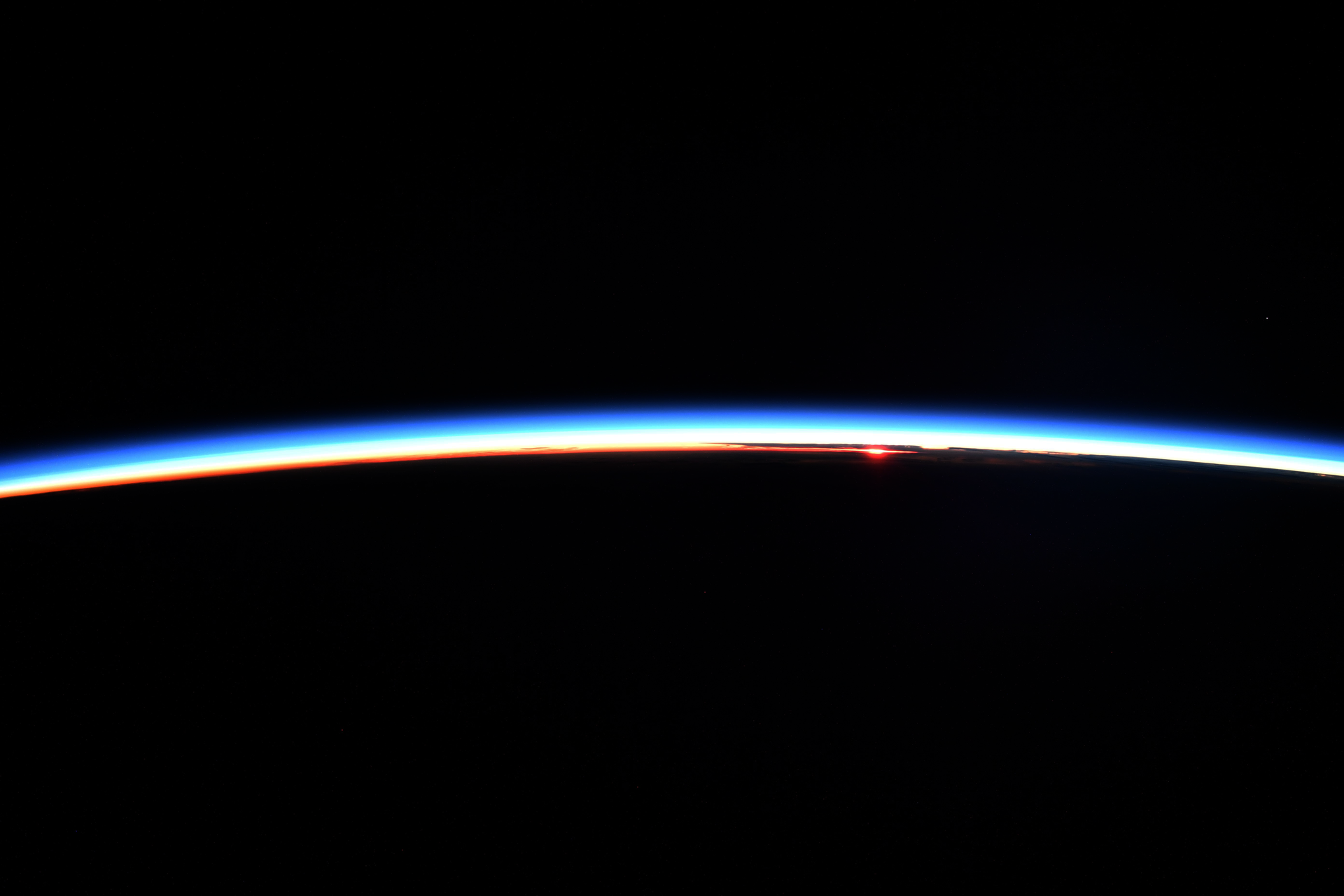The SciSpacE White Papers
In brief
The science community’s recommendations on future research focus areas: a key input to the definition of the Terrae Novae research strategy
In-depth
The SciSpacE white papers represents the scientific communities aspirations for research that could be potentially addressed in the Terrae Novae in the coming decade. As such they provide a reference for definition of priorities for community-driven research taking advantage of the platforms and opportunities in the programme. This provides an important input to the overall ESA's Human and Robotic Exploration Terrae Novae research strategy which will be elaborated in the course of 2022, aiming to balance the needs of community driven research alongside applied research needed to enable the exploration missions within envelope of the programme capabilities and constraints.
Background and process

The European Exploration Envelope Programme (E3P) was created in 2016 as a comprehensive programme of human and robotic exploration missions and activities in Low Earth Orbit, the Moon and Mars. The initial phase of E3P focussed on continuing research activities and operations in Low Earth Orbit, development of robotic exploration missions and preparations for future human exploration beyond Low Earth Orbit. In the coming decade the programme will include significant contributions to international human and robotic exploration missions around and on the Moon, ambitious robotic Mars missions as well as ground and flight-based preparation for future human exploration of Mars. To reflect Europe’s space exploration ambitions, E3P is now named Terrae Novae, literally new worlds with Low Earth Orbit, Moon and Mars as the programme's destinations.
The evolution of the Terrae Novae programme provides new opportunities for basic and applied scientific research as well as research to increase capabilities for future exploration missions and mitigate risk. The overall Terrae Novae research strategy is being developed to integrate and balance the needs and interests of the programme stakeholders.

The scientific research community recommendations on scientific goals and focus areas across a broad range of relevant life and physical research domains which can be addressed are a key input into the overall Terrae Novae research strategy. At the initiation of the E3P programme, a broad user community consultation was conducted in 2015-2016. The recommendations and perspectives of the research community were elaborated in a set of white papers (at the time called roadmaps) published at the beginning of the first E3P programme period in 2016. Terrae Novae will provide a broader range of opportunities and platforms, expanding the research topics which can be addressed. A new research community consultation was initiated in 2020 to take into account new opportunities for research and the scientific progress made in the programme.
The original 2016 roadmap was used as the starting point for the consultation, which also took into account the anticipated conditions of Terrae Novae up to 2030. To ensure a broad consultation of the scientific community, Call for Ideas (CFI) in the main discipline areas (Physics, Biology and Human Research) were issued followed by workshops where applicable. Subsequently, working groups consisting of representatives from the research community were established for the main thematic research areas. These working groups elaborated recommendations for focus areas for future research in the various disciplines, coordinating with the broader community for inputs, comments and review. In addition, the research community identified a number of new topic areas which had not previously been a significant element of the SciSpacE programme but which could be addressed on the new platforms and missions in future programme periods. Therefore, working groups for these new topic areas were also formed. Over 300 scientists directly contributed to this process, with many coordinating further with scientists in their research communities. The outputs from this effort are a set of 16 white papers reflecting a large cross section of the scientific communities interests and recommendations on focus areas across a broad range of disciplines which could be addressed within the capabilities of the Terrae Novae programme.
As a final validation of the content of the white papers, a public consultation on the drafts was held in February 2021, using the ESA Open Space Innovation Platform (OSIP) where comments on the papers could be submitted. Finally, the ESA science advisory committee’s HESAC, PSWG, LSWG reviewed and commented on the draft white papers, in particular in relation to the overall goals of ESA, the agency’s programmes and the broader research landscape.
White Papers

Terrae Novae provides a broad portfolio of research platforms and opportunities, which is reflected in the SciSpacE white papers which cover wide range of life and physical science disciplines. In many cases the focus areas address fundamental research questions, as well as enabling exploration and addressing terrestrial applications.
An important aspect of SciSpacE is the often multidisciplinary nature of the research. This is reflected in many of the white papers where cross links to research topics in other white papers are noted. An overview summary of potential cross links between research topics are also provided and it is hoped that this will encourage further discussion and collaboration between the different research disciplines.
The individual white papers covering the physical sciences, biology, human research and radiation can be found through the links below. To provide a concise overview an executive summary is also provided for each paper, as well as overview of cross links between them.
Links to the white papers:
Physical Sciences
Two-phase Heat and Mass Transfer
Biology
Human Research
Behavioural Health and Performance
Pharmacological Countermeasures
Integrative Countermeasures Approach















 Germany
Germany
 Austria
Austria
 Belgium
Belgium
 Denmark
Denmark
 Spain
Spain
 Estonia
Estonia
 Finland
Finland
 France
France
 Greece
Greece
 Hungary
Hungary
 Ireland
Ireland
 Italy
Italy
 Luxembourg
Luxembourg
 Norway
Norway
 The Netherlands
The Netherlands
 Poland
Poland
 Portugal
Portugal
 Czechia
Czechia
 Romania
Romania
 United Kingdom
United Kingdom
 Slovenia
Slovenia
 Sweden
Sweden
 Switzerland
Switzerland

























